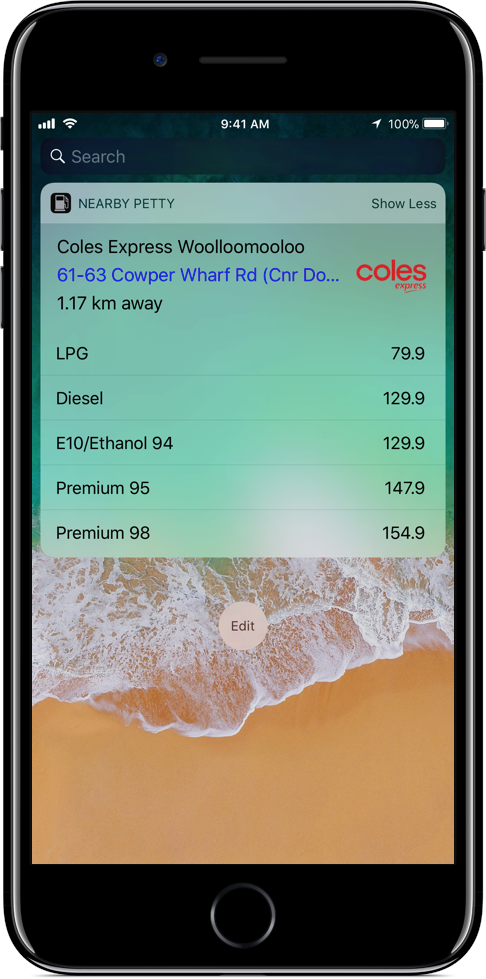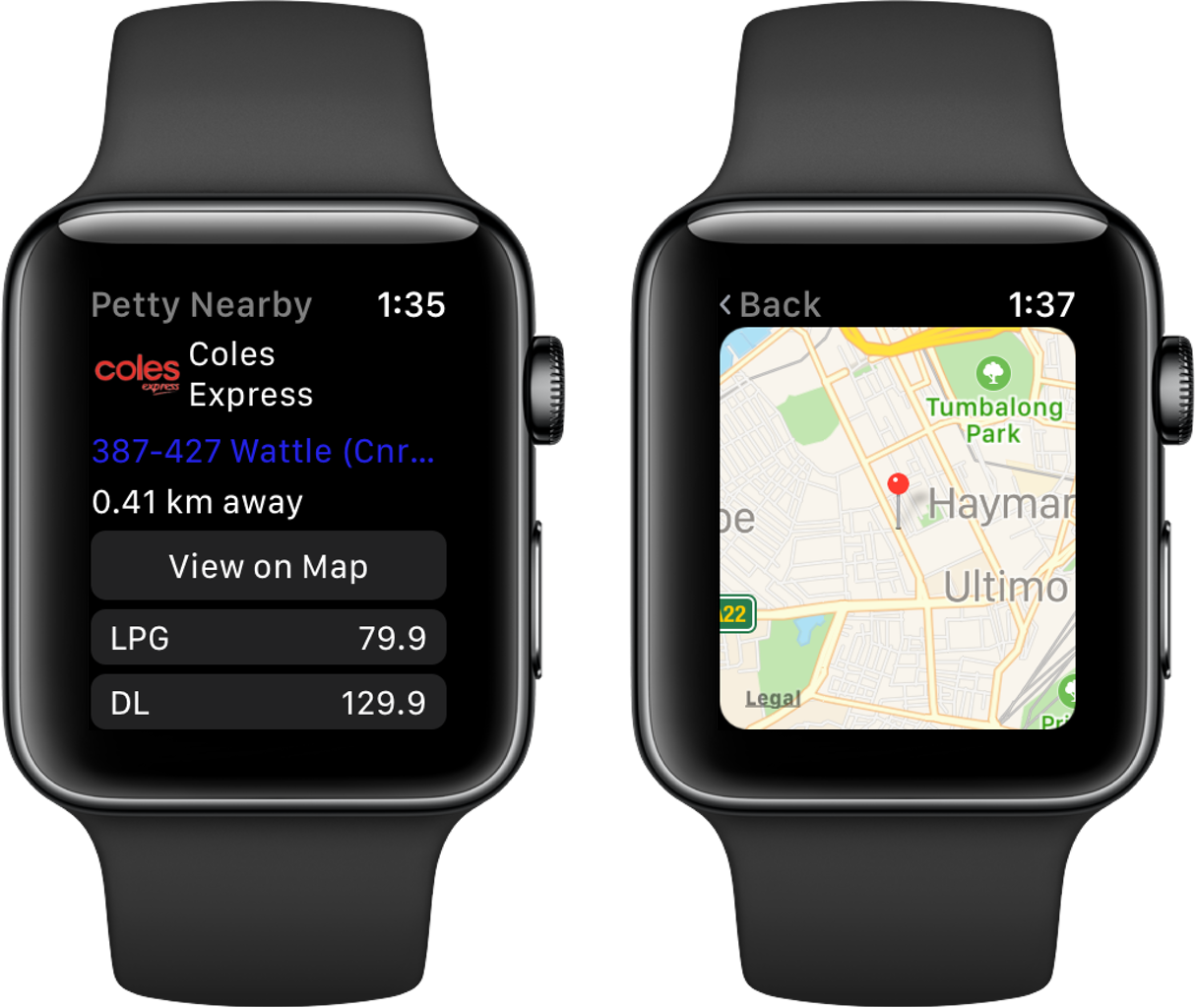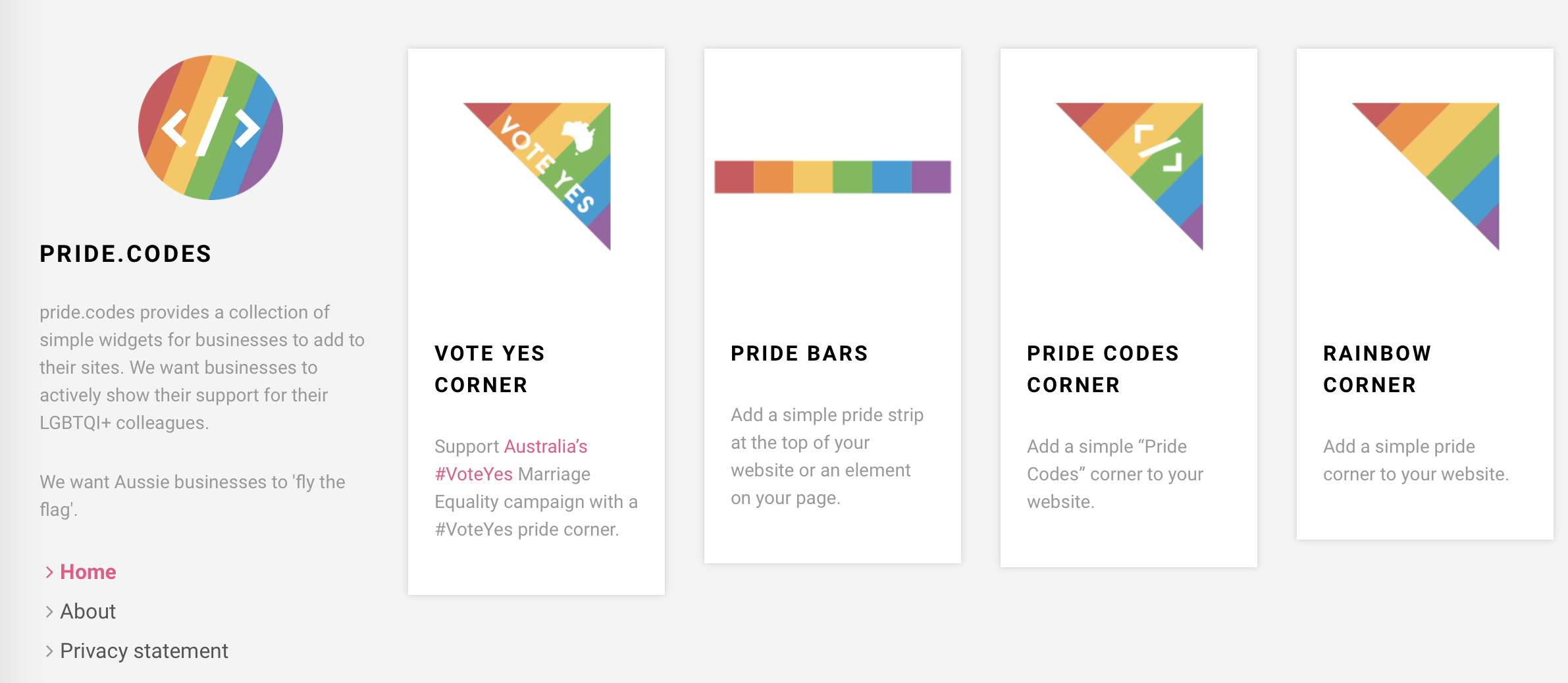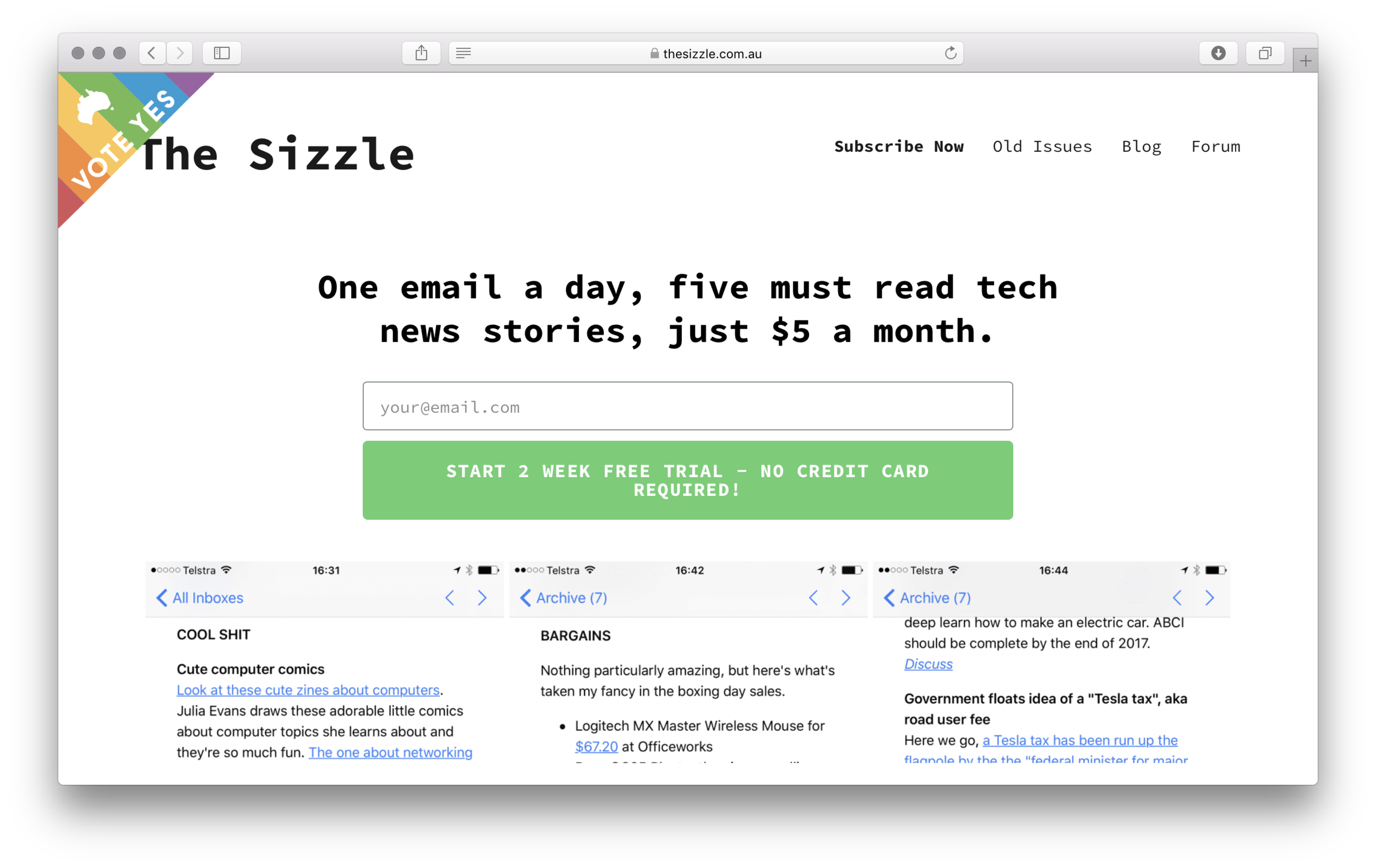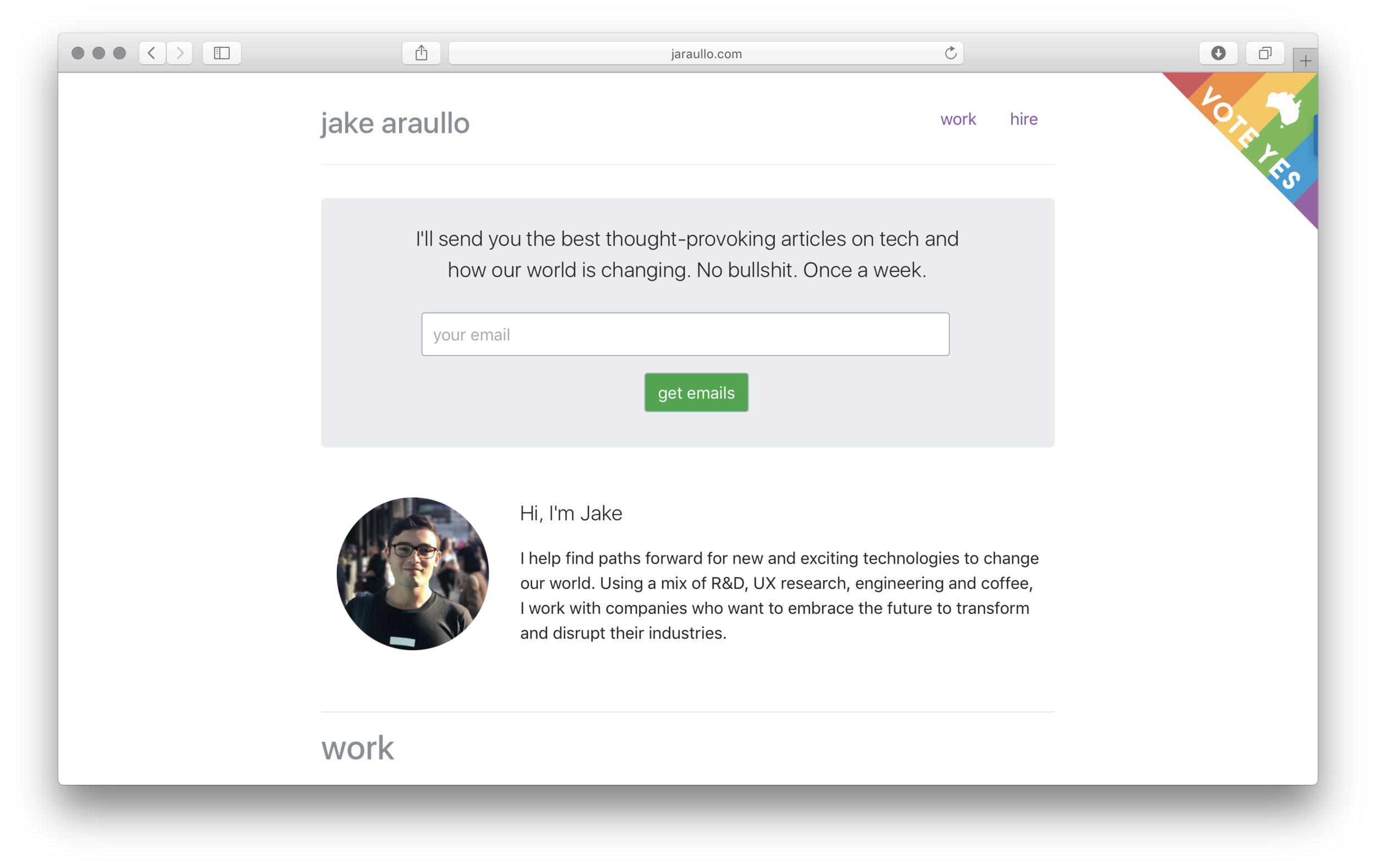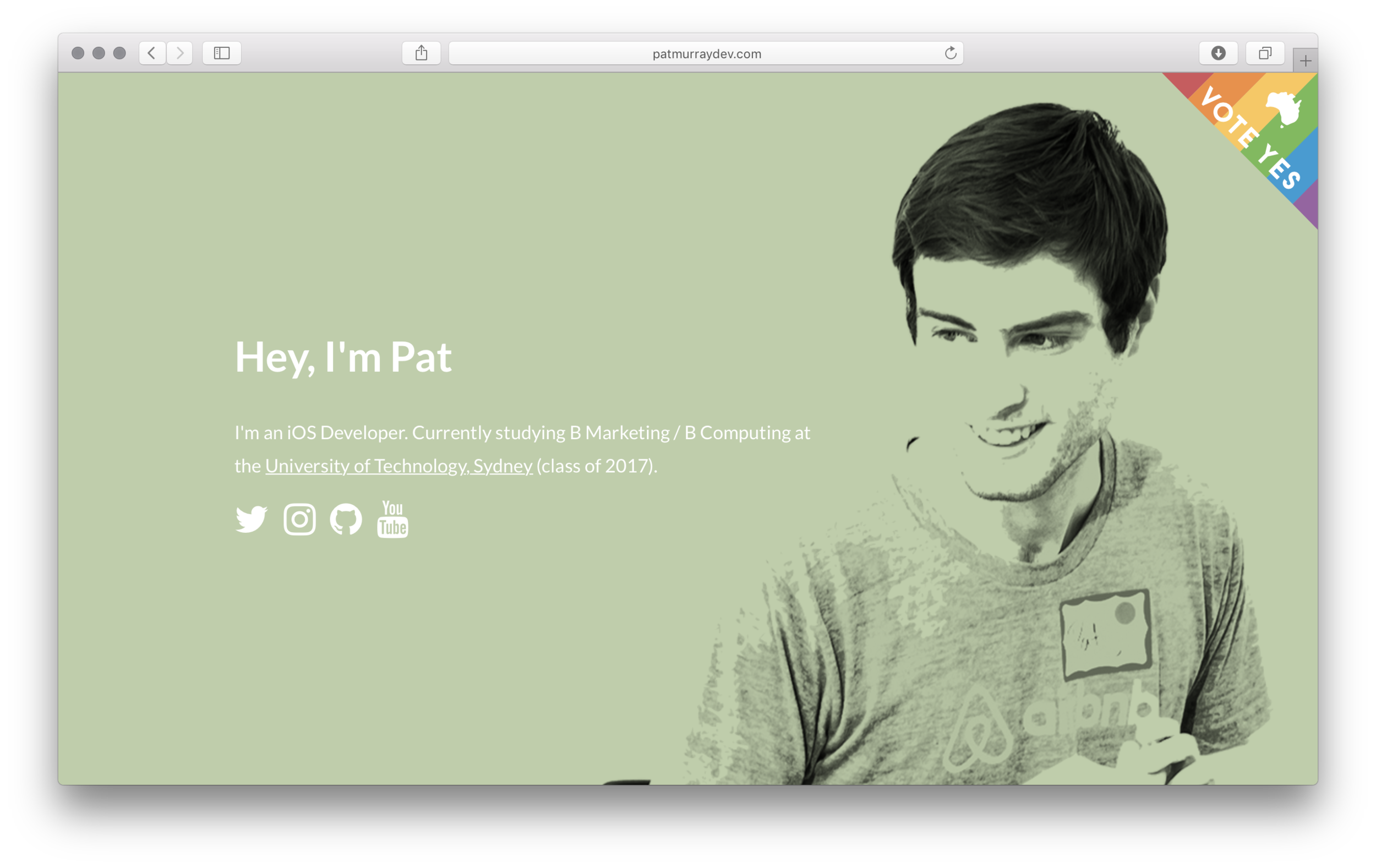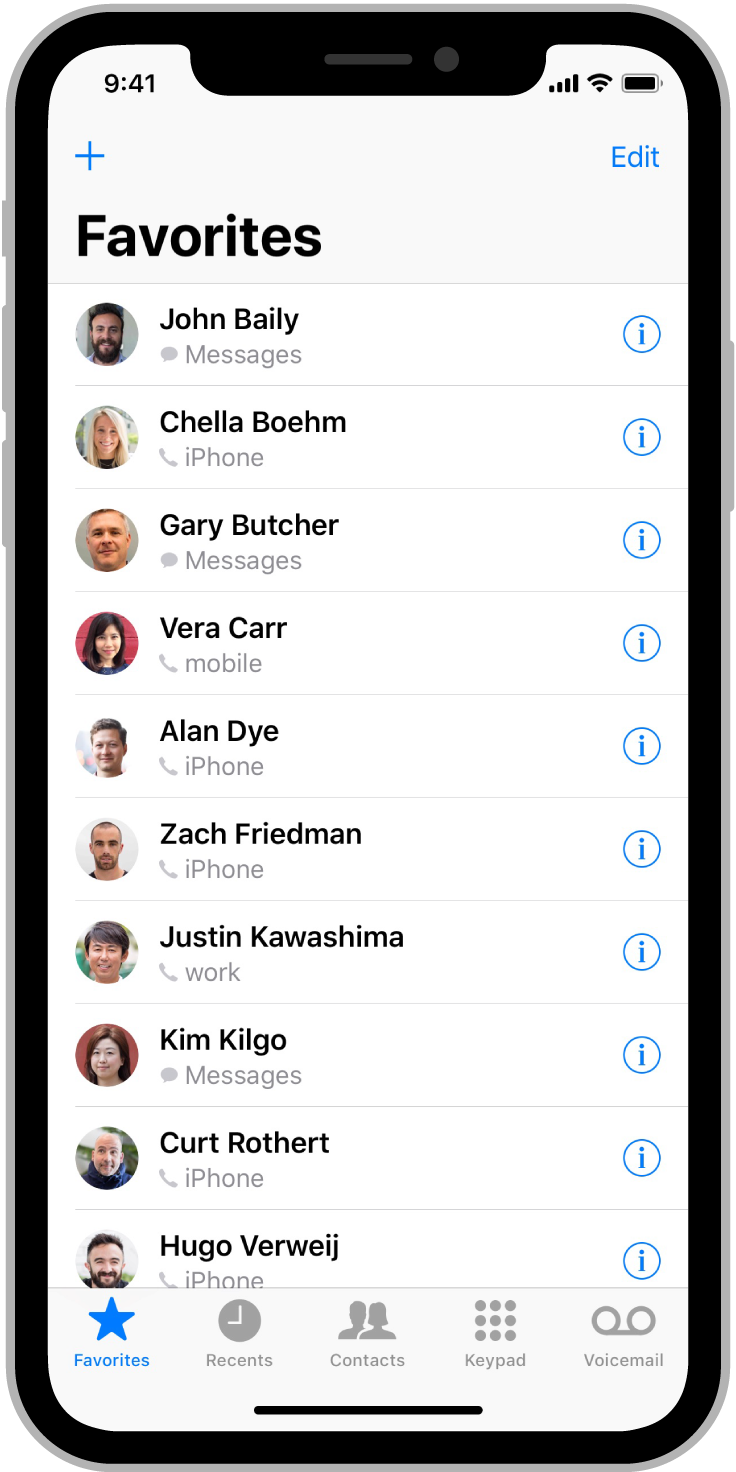Most recent Apple presentations have been relatively fast-paced, but this morning's WWDC Keynote was the most rushed event I remember in a long time. Tim Cook came out and did his usual brushing off of the "Apple updates," other than to say Apple is doing just fine. It was funny the first couple of times he said it on stage, but Apple has now used this joke a few too many times for my liking. Just don't mention the "updates" at all. There were overarching themes of machine learning and privacy throughout the whole keynote, across every product line. The sheer volume of new APIs and features announced means that if you're a WWDC attendee who didn't have any questions for Apple engineers going into the conference, you almost certainly do now. This post doesn't aim to cover all announcements, but just the main things that I found interesting. If any of it is incorrect, I apologise as this mountain of information is still new and will take a while to digest.
It was made known from early on that Apple were presenting six different items to the audience today, with the obvious ones of tvOS, watchOS, macOS, and iOS made known from the beginning.
tvOS
tvOS was brushed over so quickly, all I remember from it is that Amazon content is coming to the Apple TV. They didn't have a lot else to say but did mention there will be more on tvOS later in the year. It's likely there will be a new Apple TV in September, and Apple will talk more about it then.
watchOS
watchOS 4 was up next. I wasn't expecting much from watchOS this year, after last year's massive updates and major rethink of most aspects of the system, from its design to the way you interact with it. It was pleasantly surprising to learn Apple had made some solid improvements to watchOS over the last nine or so months - more than I was expecting, anyway. I'm a fan of the new Siri interface on the watch, based around "cards" that show you relevant information throughout the day, changing depending on your calendar and time of day. This personalised Apple Watch experience contributes to the uniqueness of the device. After all, it is something worn on your wrist for anywhere between 12 and 23 hours a day and should be a representation of the wearer.
It's been clear for a while that the Apple Watch's strengths lie in the health and fitness space, and Apple has only improved that with watchOS 4. When in workout mode, audio controls are no longer only accessible by exiting the Workout app and opening the playback controller. Instead, audio controls are accessible by swiping to the right as another page inside of the Workout app. There's a new High Intensity Interval Training activity type, which is supposed to improve the accuracy of the heart rate tracking for CrossFit type workouts. Up until now, the Apple Watch heart rate monitor hasn't been particularly accurate in these situations, which has an impact on the accuracy of the active energy burnt during a workout according to the watch.
The activity rings for energy, exercise, and stand can become addicting, especially as you try to keep a streak alive. People love to "fill the rings" on their Apple Watch. As of watchOS 4, Apple Watch offers customised daily inspiration, and even an evening encouragement to help you get across the line and achieve the goal. As long term motivation, there are also different monthly challenges. It was mentioned in the keynote that all of the suggested achievements are realistic as they're custom to each wearer, and based on past results.
Health integration with a continuous glucose monitor was mentioned, meaning these devices can sync data directly to HealthKit via Bluetooth. I hope this was a nod towards the heavily-rumoured glucose monitoring in a future model of Apple Watch. As of today, there is no first party sleep tracking. I expect this to come alongside the next update to Apple Watch hardware.
macOS
The next version of macOS was announced at WWDC. It's version 10.13 and is named, "High Sierra." From what I saw on Twitter, most people - myself included - thought this was a joke when Craig Federighi announced it, but once it was repeated a few times by other presenters, we realised he wasn't joking. It's a weird name and will take some getting used to, but ultimately it's just a name and doesn't matter. macOS High Sierra brings the new Apple File System (APFS) to macOS. This is after a very successful rollout to iOS devices earlier this year with the iOS 10.3 update. There weren't many new features announced with High Sierra - it's essentially what OS X Snow Leopard was to Leopard. There were some improvements to the Photos app on macOS. I'm sure they're nice. The Mac is now compatible with virtual reality, something which Apple have been accused of ignoring up until now.
Also announced was a nice set of improvements to Safari. The two big ones were better privacy with Advanced Tracking Prevention, and no more auto playing videos. An example of the former is the situation where you view a product on a site and ads for it follow you around the web. The latter is self-explanatory.
It's also worth noting that there are now iCloud storage family plans available with either 200GB or 1TB of iCloud space. The biggest announcement as far as Macs were concerned was upgraded iMacs, MacBook, and MacBook Pro, as well as a price drop for the entry level iMac and MacBook Pro without Touch Bar. These were all updated to Kaby Lake processes. Apple also previewed an upcoming iMac Pro which comes in Space Grey and is essentially what we'd expect from a new Mac Pro plus a screen. It's worth noting this isn't the new Mac Pro - that's apparently still coming. The iMac Pro is shipping later this year. Oh, and the ancient MacBook Air got a processor speed bump. The more you know.
iOS
As expected, iOS 11 was announced and of the four software platforms received the largest amount of attention and stage time. There's a new design language, and I'm not a fan. The trend seems to be towards large title bars at the top of most table views within an app, which feels weird as if I'm in Messages I don't need a constant reminder of that fact by a big "Messages" header. It's also worth mentioning that signal bars for mobile signal strength have triumphantly returned (they were removed in iOS 7, for signal "dots"), and control centre is customisable. I know plenty of people who will be excited by the ability to add a mobile data toggle to control centre. The design language is certainly different but is an extension of the design changes started in iOS 10. I think there's a lot of refining still to go and won't be surprised if we see subtle changes to the design of iOS 11 right up until release. The card-based UI isn't as prominent throughout the OS as I thought it might be, and for now only looks like only the App Store was redesigned with a card-based design. I might've missed it, but there also doesn't seem to be a UIKit API for card based "popover" views - similar to what Apple have done in the Music app, and what Overcast has done with its "Now Playing" view.
One of my favourite new features is Do Not Disturb while driving. With iOS 11, iPhone uses its smarts to determine when you might be driving and won't show you notifications. It is possible to manually override this setting, say if you are a passenger, but I do hope drivers are sensible enough to leave it enabled. It is beneficial for the safety of everyone on the road. Distracted driving is a major issue, and this is a small way to help that.
Another favourite of mine is that messages now sync via iCloud. Until now, messages have been stored locally on each device, not on iCloud (for longer than about 14 days anyway), and when you set up a new device without a backup, your messages start from scratch. This all changes with iOS 11/macOS 10.13 - messages are stored and synced with iCloud. This means that not only are all your messages there on every new device you set up but because they are stored on iCloud fewer messages need to be stored locally. This will be a huge space-saver for many, especially those with 16GB or 32GB phones. Telegram's done this for as long as I can remember. Messages are always there when you sign into a new device, and they don't take up a lot of local storage because most are stored in the cloud. If Apple implements it half as well as Telegram, this feature will be a success.
Along with the aforementioned card-based redesign, the App Store was improved for developers with enhancements such as phased release/rollout of new app versions and auto-renewal with Apple Pay. I'm a fan of the pace with which changes and improvements have been rolling out to the App Store and iTunes Connect in the last 12 or so months.
The introduction of iOS 11 ended with a bang, with the announcement of ARKit - which brings augmented reality to iPhone/iPad via a developer API. It certainly seems promising, and Tim Cook has previously said he sees AR as the future, so it's good to see Apple addressing this. I don't have a lot to say on this now, but I am excited to see how it's used and what developers come up with in the coming months.
iPad
The next part of the presentation was devoted to iPad. I don't own an iPad but nevertheless was pleased to see Apple address so much time to it. Despite declining sales, they continue to have faith in the iPad as a product. It missed out on any major software update last year, so improvement this year was overdue. With iOS 11, it feels as though the iPad is finally putting on its big boy pants and gaining desktop features that are useful. Drag and drop, the dock (which is now used to switch apps), the ability to run three apps simultaneously, and the Files app are all major improvements that bring the iPad closer in capability to laptop and desktop computers, without the rest of the clunky OS.



